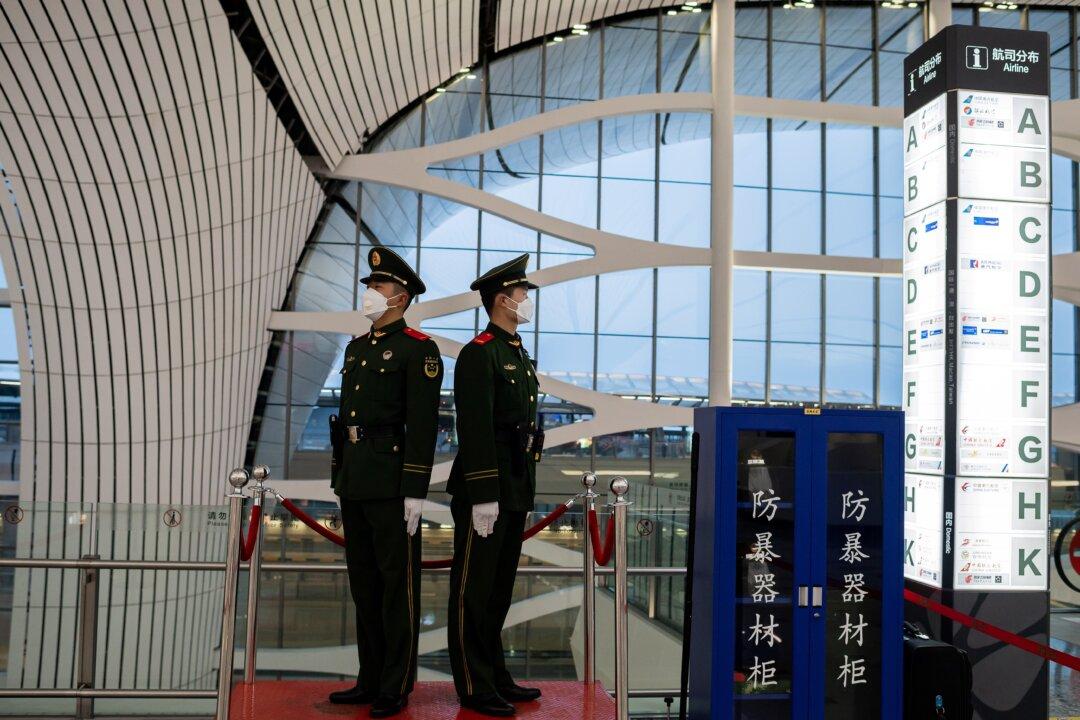Foreign actors—namely China, Russia, and Iran—have been using the global pandemic to “exploit the information space for harmful purposes,” according to the top official with the Global Engagement Center (GEC), which is dedicated to exposing and countering disinformation.
At a recent on-the-record briefing, special envoy and GEC coordinator Lea Gabrielle, said the U.S. State Department agency has tracked narratives promoted by the three countries about the virus since January. One of its main responsibilities is to keep the State Department’s leadership informed on the international information landscape.





